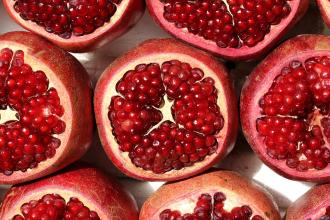
A study by researchers at the ICAR-Indian Institute of Pulses Research, Kanpur, has identified parts of the DNA in lentils that are associated with flowering. The research, published in the Journal of Applied Genetics, aims to help crop breeding programs to raise lentil varieties that mature early and has an excellent potential to yield in a short time.
Lentils (Lens culinaris) are highly nutritious pulses often associated with poor yield when there is a drought or an increase in the atmospheric temperature. In most parts of India, they are sown after the delayed harvest of the paddy crops. Thus, they get adversely affected by the rising summer temperatures and associated droughts during their seed-filling stage. This phenomenon can lead to reduced yield and inferior quality of the grains.
However, certain lentil varieties manage these problems by producing flowers sooner than average and hence, can provide a good yield in a short time and help in seasonal crop rotation. The researchers of this study have tried to identify the molecular factors associated with this phenomenon. The research was funded by the Department of Agriculture Cooperation and Farmers Welfare and the Department of Biotechnology.
A 'marker' is a DNA sequence in the genome which can be located easily and used to mark the position of a specific gene. The present study identifies ‘simple sequence repeat markers (SSR)’ in lentils that are associated with flowering. Also called microsatellites, they are short, repetitive sequences of nucleotides of the DNA, which is unique to every organism and occur multiple times in its genome. SSRs are used widely in the study of plant genomics, cancer diagnosis, paternity tests, and forensics.
The researchers used 96 types (accessions) of lentils for their study and classified them into two groups based on their flowering time. The first group contained plants with flowering time between 40-70 days and the second group contained plants that flowered in 54-69 days. The researchers then identified SSR markers present in all the 96 types of lentils. Interestingly, they found many markers that showed an association with the flowering time of lentil.
The study is a crucial step in developing a genomic resource for lentils, which is limited when compared to other major legume crops like soybean, pigeonpea and chickpea. “The markers developed in this study can be used as functional markers in the lentil breeding program to develop short duration cultivars,” say the researchers, commenting on the importance of this study.






